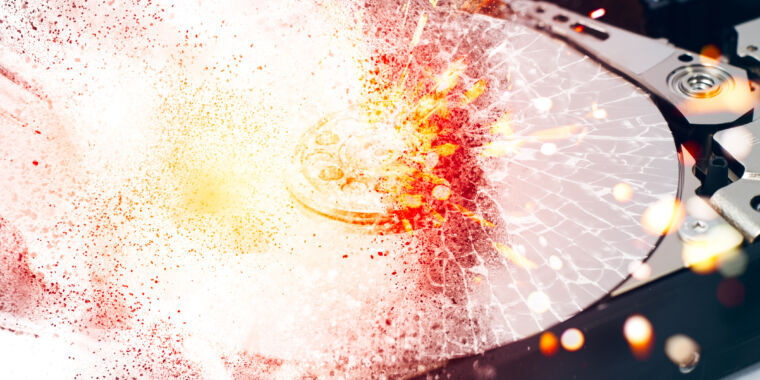My father told me he wanted to make USB flash drives of all the scanned and digitized family photos and other assorted letters and mementos. He planned to distribute them to all family members hoping that at least one set would survive. When I explained that they ought to be recipes to new media every N number of years or risk deteriorating or becoming unreadable (like a floppy disk when you have no floppy drive), he was genuinely shocked. He lost interest in the project that he’d thought was so bullet proof.



The problem is that USB flash drives don’t keep their data intact for very long when they’re powered down. It lasts long enough for everyday use, but not even as long as a hard disk for archival.
There’s no periodic cell refresh in flash memory like there is in DRAM. When USB sticks are plugged in, all you are doing is powering up the flash chip and interface ICs.
You’d have to read a block then write it back to actually refresh the stored charges in the cells.
Do SSDs do that automatically in the background, or is all the data I’m not actively refreshing gradually rotting away?
Oh, gotcha. Was thinking about the peripheral type support rather than its actual lifetime.